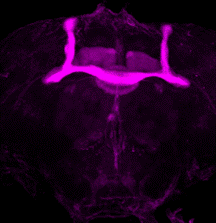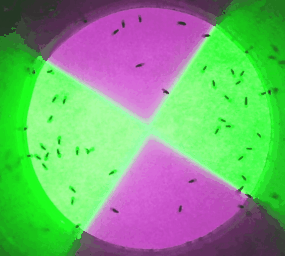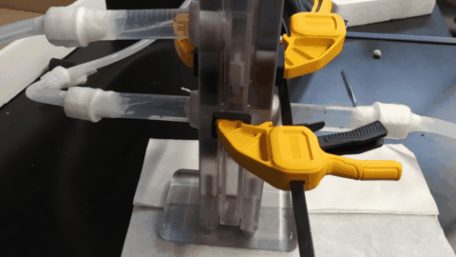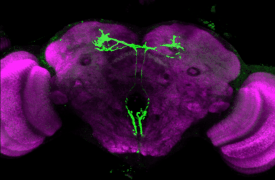
Dissel Lab
School of Biological Sciences, University of Missouri-Kansas City
Our Projects
Sleep is a ubiquitous phenomenon that has been observed in a variety of species ranging from worms to mammals. Yet, despite years of extensive research, the function or functions of sleep remain largely unknown. In our lab, we use the fruit fly model (Drosophila melanogaster) to study sleep at the cellular, circuits and molecular level. We believe that to fully uncover the function(s) of sleep, a cellular understanding of the individual neurons involved in sleep regulation needs to be achieved. To do so, we are employing state of the art genetic strategies as well as brain imaging approaches. Our research fits broadly in two major areas.
Neurobiology of sleep
In our laboratory, we have undertaken a Split-GAL4 screen to identify individual neurons involved in sleep regulation. The Split-GAL4 is a powerful technology enabling the isolation of reduced number of neurons. We have created hundreds individual Split-GAL4 lines and are creating more. Many of these lines are capable of modulating sleep and we are in the process of identifying the relevant neurons. As an example, we have recently reported that a well-known and widely used dorsal Fan-Shaped Body (dFB) driver, 23E10-GAL4, expresses in two cholinergic neurons (named VNC-SP for VNC Sleep-Promoting) located in the ventral nerve cord (VNC), the fly equivalent to the spinal cord. Our precise behavioral and anatomical analysis provides the first unequivocal characterization of individual 23E10-GAL4 expressing sleep-promoting neurons. Surprisingly, these are not dFB neurons, suggesting that our understanding on the role of dFB neurons in sleep regulation needs to be reevaluated.

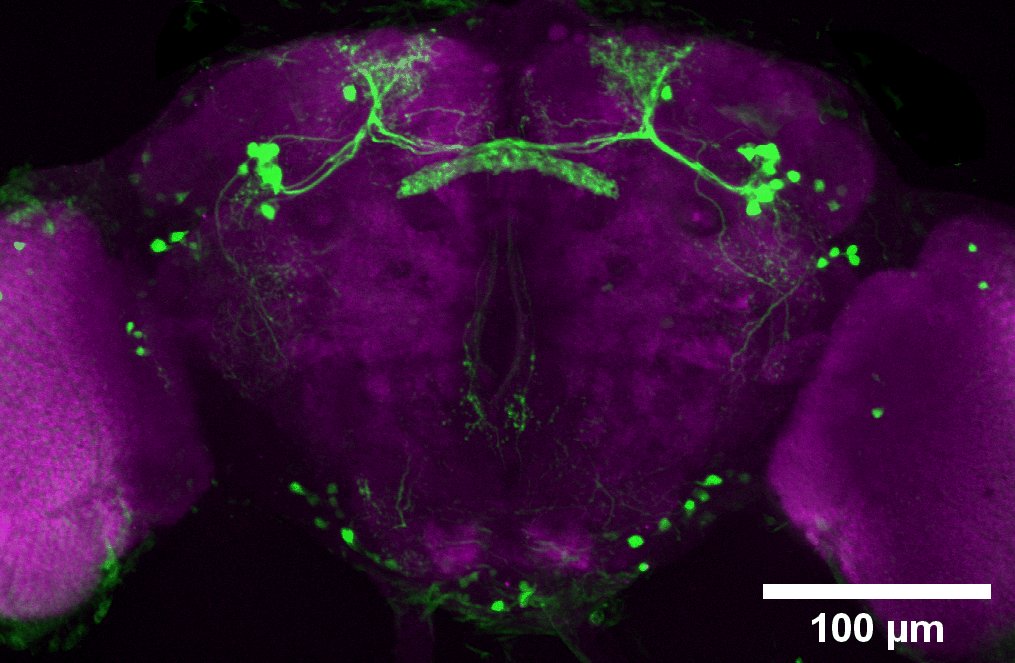
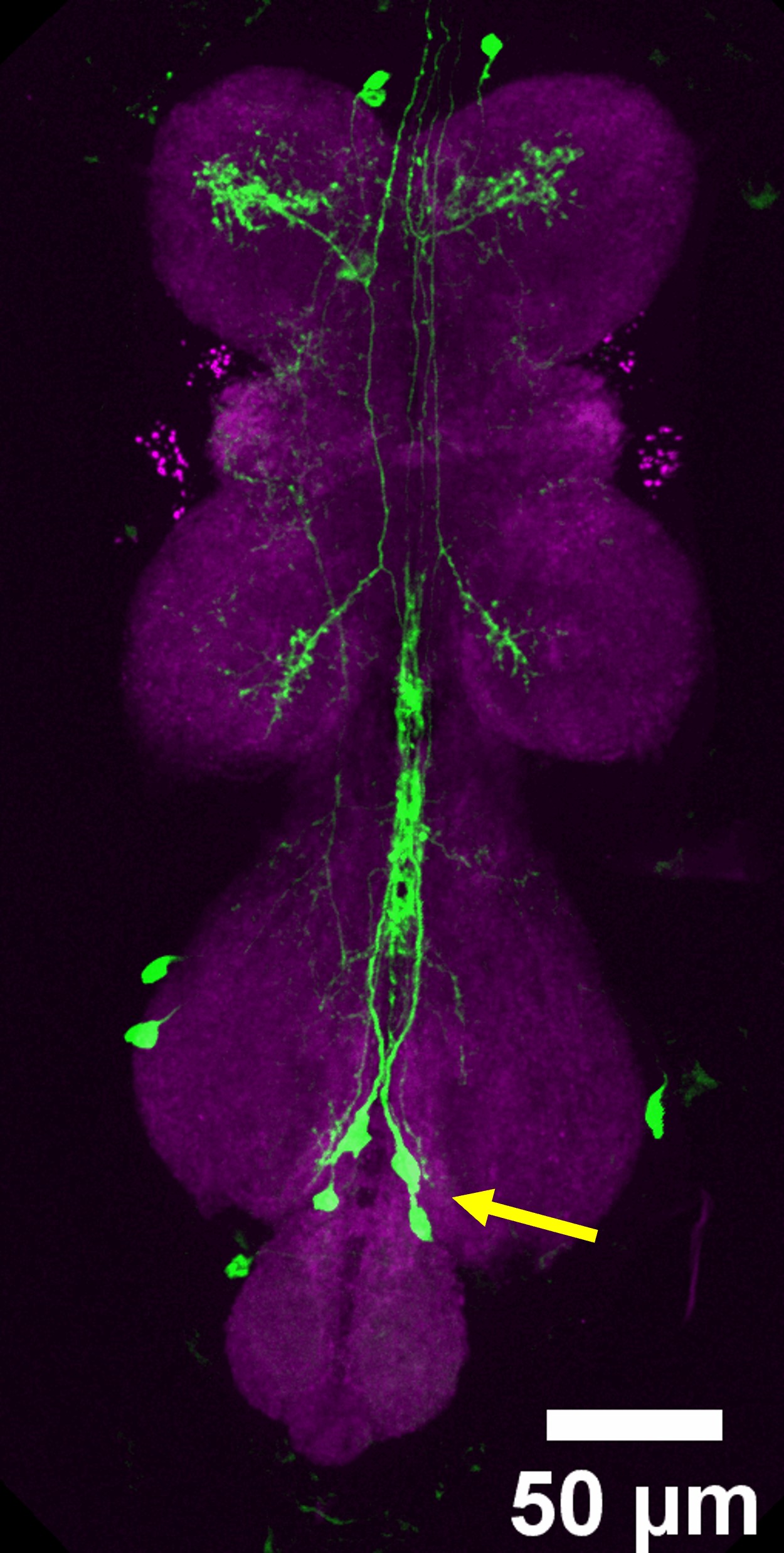
Sleep and Memory
The positive relationship between sleep and memory has been well documented. Previous work demonstrated that increasing sleep could restore memory to flies mutant for key memory genes, without fixing the underlying mutation. These data demonstrate the amazing capacity of sleep to promote plasticity in the brain. In our laboratory, we are trying to understand how sleep can benefit learning and memory using a variety of memory assays relying on different sensory modalities.
